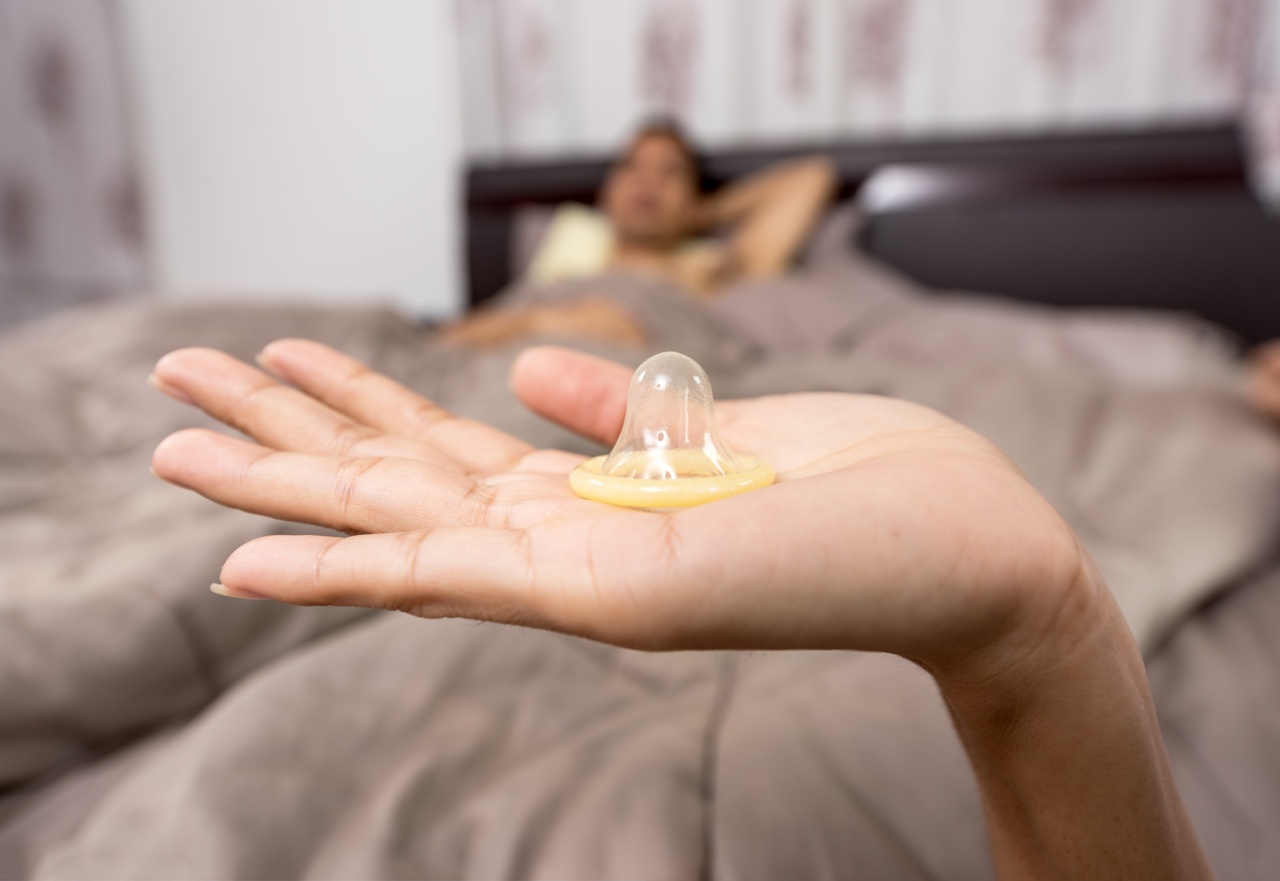Safe sex is a term that has been around for a while; it refers to sexual practices that reduce the risk of sexually transmitted infections (STIs) and unwanted pregnancies. However, people often have misconceptions about what constitutes safe sex.
In this article, we will uncover the truth about safe sex, and provide you with everything you need to know about practicing safe sex.
What is Safe Sex?
Safe sex involves several practices that help to reduce the risk of infection and unwanted pregnancies. The most effective way to practice safe sex is to abstain from sexual activity entirely.
However, this is not feasible for everyone, and more often than not, people choose to engage in sexual activity. Safe sex practices help to minimize the risk of contracting STIs and unwanted pregnancies. These practices include:.
1. Using Condoms
Condoms are a popular choice when it comes to safe sex. They are an effective form of contraception that helps to prevent unwanted pregnancies, and they are also great at preventing the spread of certain STIs.
They work by creating a barrier that prevents the exchange of bodily fluids between two people. When used correctly, condoms are 98% effective at preventing pregnancy.
2. Getting Tested Regularly
One of the most important things you can do for your sexual health is to get tested regularly. STIs often have no symptoms, and people can be infected without knowing it. Regular testing can help to detect STIs early and prevent further spread.
3. Limiting Sexual Partners
The more sexual partners you have, the higher your risk of contracting an STI. Limiting your sexual partners can help to reduce your risk.
When choosing a sexual partner, make sure they have been tested for STIs, and make sure they are honest with you about their sexual history.
4. Practicing Safe Oral Sex
Oral sex can also transmit STIs, and it’s important to practice safe oral sex. Using a dental dam or a condom during oral sex can help to reduce your risk of contracting an STI.
5. Using Lubrication
Using lubrication during sex can also help to reduce the risk of injury and infection. Lubrication can prevent tearing and help to reduce the risk of contracting an STI.
6. Avoiding Alcohol and Drugs
Alcohol and drugs can impair your judgment, making it more likely that you will engage in risky sexual behavior. Avoiding alcohol and drugs before sex can help to reduce your risk of contracting an STI.
7. Taking Precautions with Sex Toys
Sex toys can also transmit STIs, and it’s important to take precautions when using them. Make sure to use clean sex toys, and never share them with others.
8. Practicing Abstinence
Abstinence is the most effective way to prevent STIs and unwanted pregnancies. While it may not be a feasible option for everyone, choosing abstinence can help to reduce your risk of contracting an STI.
9. Vaccinations
There are vaccines available that can help to prevent certain STIs, such as HPV and hepatitis B. Consider getting vaccinated to reduce your risk of contracting these diseases.
Conclusion
Practicing safe sex is an important aspect of maintaining good sexual health. While abstinence is the most effective way to prevent STIs and unwanted pregnancies, there are several safe sex practices that can help to reduce your risk.
Using condoms, getting tested regularly, limiting sexual partners, practicing safe oral sex, using lubrication, avoiding alcohol and drugs, taking precautions with sex toys, practicing abstinence, and getting vaccinated are all effective ways to practice safe sex. By being informed and taking the necessary precautions, you can enjoy a healthy and fulfilling sex life.




























